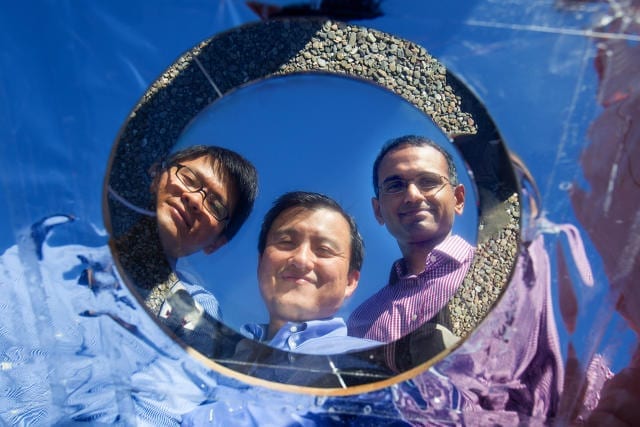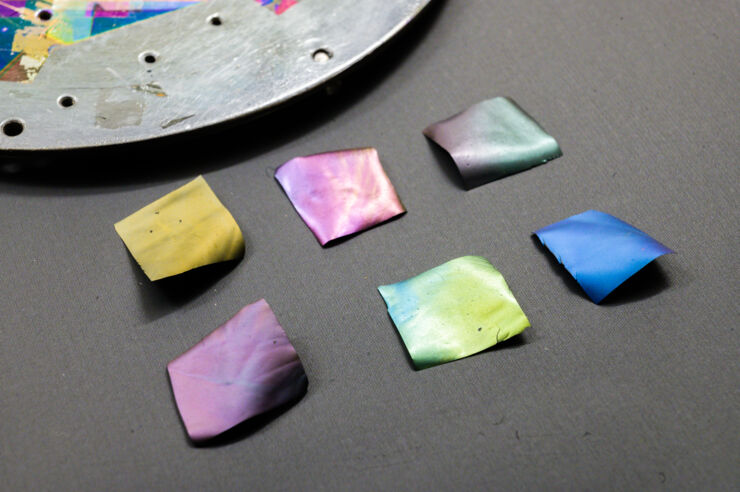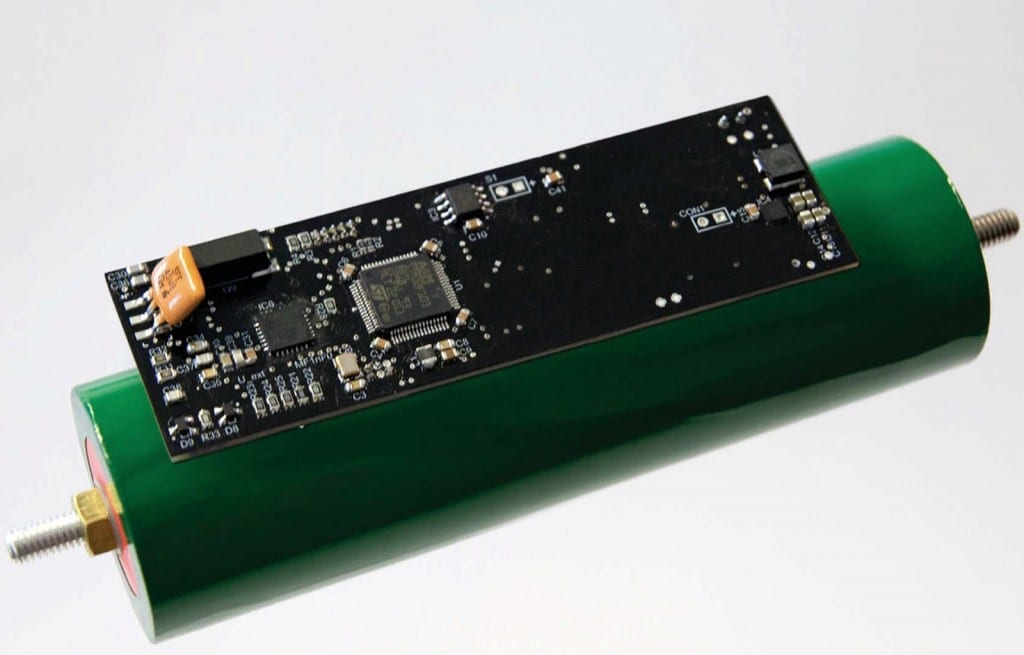
What if—instead of keeping our buildings cool from the inside—the heat just bounced off them back to where it came from?
There’s a big renewable energy resource we’ve yet to exploit: the cold of the universe.
That’s according to Aaswath Raman, a researcher with the Ginzton Laboratory, at Stanford University. What he means is the capacity of space to be a “thermodynamic resource,” helping us Earthlings to be more energy-efficient. Raman is working on a building material that’s ultra-reflective to the sun’s rays, and able to bounce significant amounts of heat so far away from buildings that it goes beyond the atmosphere.
The technology—passive cooling that works during the daytime—could help reduce the need for wasteful air conditioning. Currently, A/C accounts for 15% of all primary U.S. electricity demand, an enormous amount considering all the other things we use electricity for.
The material exploits the way that all objects throw off heat as infrared radiation. Some of this unseeable light is trapped within the atmosphere, all the more so because of greenhouse gas emissions. But some heat also goes into the upper atmosphere, where it’s dispersed into an enormous heat sink: the freezing cold vacuum of space. Raman’s coating—made up of seven layers of silicon dioxide and hafnium oxide and a layer of silver—does two things. First, it’s able to send the infrared at a particular frequency so that it leaves our atmosphere. And second, it reflects 97% of sunlight, stopping buildings from heating up in the first place.
“The challenge was to continue to send out this heat as infrared light, or radiation, but at the same time not be heated up by the sun,” says Raman.
Read more: This Incredible Building Material Shoots Heat Into Space (So Buildings Need Less AC)
The Latest on: Passive cooling
[google_news title=”” keyword=”Passive cooling” num_posts=”10″ blurb_length=”0″ show_thumb=”left”]
via Google News
The Latest on: Passive cooling
- Heatwave Alerts in India: How to Design Homes that Don’t Need ACs?on April 30, 2024 at 7:41 am
With soaring temperatures and warnings of heatwaves in several Indian cities, architects share how to build homes that stay naturally cool and don't require air conditioning at all times.
- Government leaves ‘serious unanswered questions’ on heatwave resilience planson April 30, 2024 at 1:00 am
MPs said the Government’s response to their report on heat resilience and sustainable cooling is “lacking clarity” on certain points.
- Cloud control: Humanity’s never-ending quest to control the weatheron April 29, 2024 at 6:53 am
For over a century, we’ve turned to technology in an attempt to control the weather. Are today’s geoengineering proposals any better?
- UGREEN DXP480T Plus review: This Thunderbolt 4-enabled all-flash NAS server is magnificenton April 28, 2024 at 10:02 pm
UGREEN's DXP480T Plus is a 4-bay NAS server that doesn't take up much room at all, and that's because it has four M.2 2280 slots. Oh, and you get Thunderbolt 4 connectivity, 10GbE networking, and ...
- Yes, there are benefits to suburban lawns. Here are a fewon April 24, 2024 at 9:12 pm
I find this claim a little hard to believe. Lawns absorb carbon dioxide and produce oxygen, provide passive cooling, prevent soil erosion, absorb rainwater and prevent flooding. They’re also ...
- Harlem Passive House Property Launches Saleson April 23, 2024 at 5:00 pm
The Dovecote’s Passive House design offers continuous thick insulation ... The result is a reduction in need for energy to provide heating and cooling. In a prepared corporate statement, an Urban ...
- Buildings are a big part of New England's emissions. States are working to change thaton April 22, 2024 at 2:29 am
Homes and buildings are the second-largest source of emissions in New England, falling just behind transportation. Buildings emit around one-third of states’ planet-warming emissions.
- Best Quiet CPU Cooling Options for 2024on April 19, 2024 at 12:00 pm
Stop your PC from sounding like a jet engine with these carefully selected cooling solutions for every budget.
- The next destination: Passive design airportson April 18, 2024 at 12:28 pm
Today, we can design airports that are climate resilient, durable, long-lasting, and healthy for occupants—we can design airports using Passive House standards.
- This SSD heatsink tames the hottest drives with its 10,000rpm fanon April 18, 2024 at 11:03 am
In the face of PCIe 5.0 solid-state drives running as hot as they do fast, Jonsbo turns to speed rather than size for a cooling solution.
via Bing News










